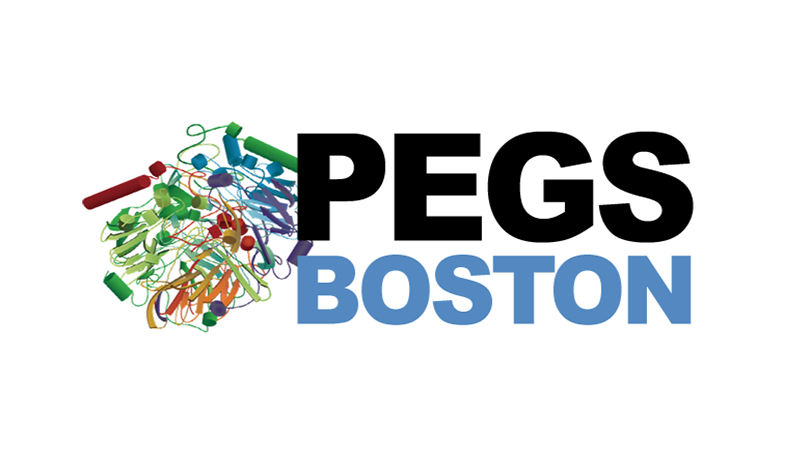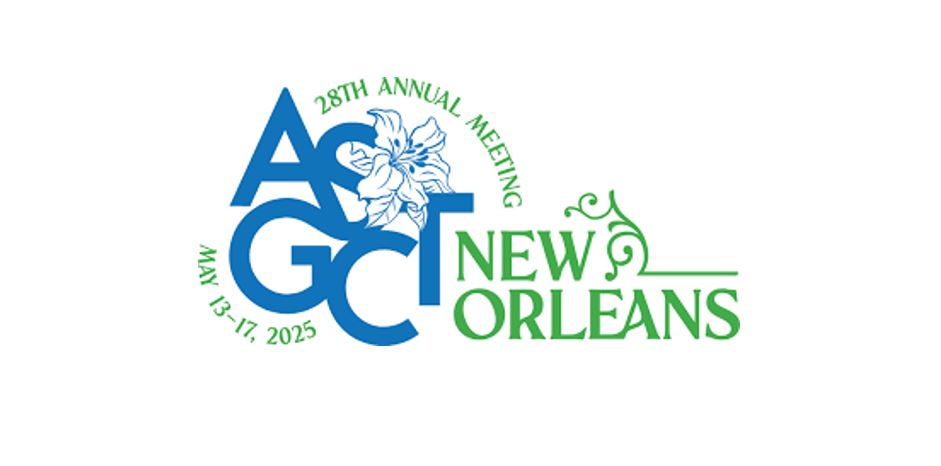Developability Assessment and Early Formulation Studies for Biologics

A Focus on Science-Driven Risk Management and Development Optimization
Navigating the complexities of biologics development requires a science-driven approach to mitigate risks and streamline early drug development. This webinar explores best practices for identifying and selecting the most developable lead candidates, defining the formulation corridor through robust pre-formulation screening, and incorporating clinical in-use stability testing to derisk your strategy.
Led by Dr. Andrea Hawe, Chief Scientific Officer and Dr Kristian Le Vay, Expert Scientist at Coriolis Pharma, the session focuses on understanding critical biophysical properties to build a solid data foundation, reducing the risk of late-stage failures. Attendees will gain insights into aligning molecule-specific data with target product profiles and leveraging innovative methods to assess biophysical properties and benchmark against commercial antibodies.
Join us to optimise your biologics development process and accelerate progress toward clinical trials
What challenges this webinar will address
- Candidate Selection: The selection of candidates with poor biophysical properties can result in unforeseen challenges, unpredictable delays, and costly failures on the path to the clinic.
- Drug Formulation Issues: The successful translation of preclinical formulations into stable and high concentration forms suitable for human use is a key but often underestimated success factor, which may require unexpected development work if not addressed at an early stage.
- Addressing Drug Product Formulation in a holistic way: Link the knowledge and generated data for your molecule to the target product profile and development goals.
Learning Objectives
- Avoiding costly late-stage drug development failures through early risk mitigation
- Building a strong data foundation during early development with comprehensive biophysical characterization and benchmarking against commercial antibodies
- Introduction to novel innovative methods to better assess the biophysical properties of antibodies



